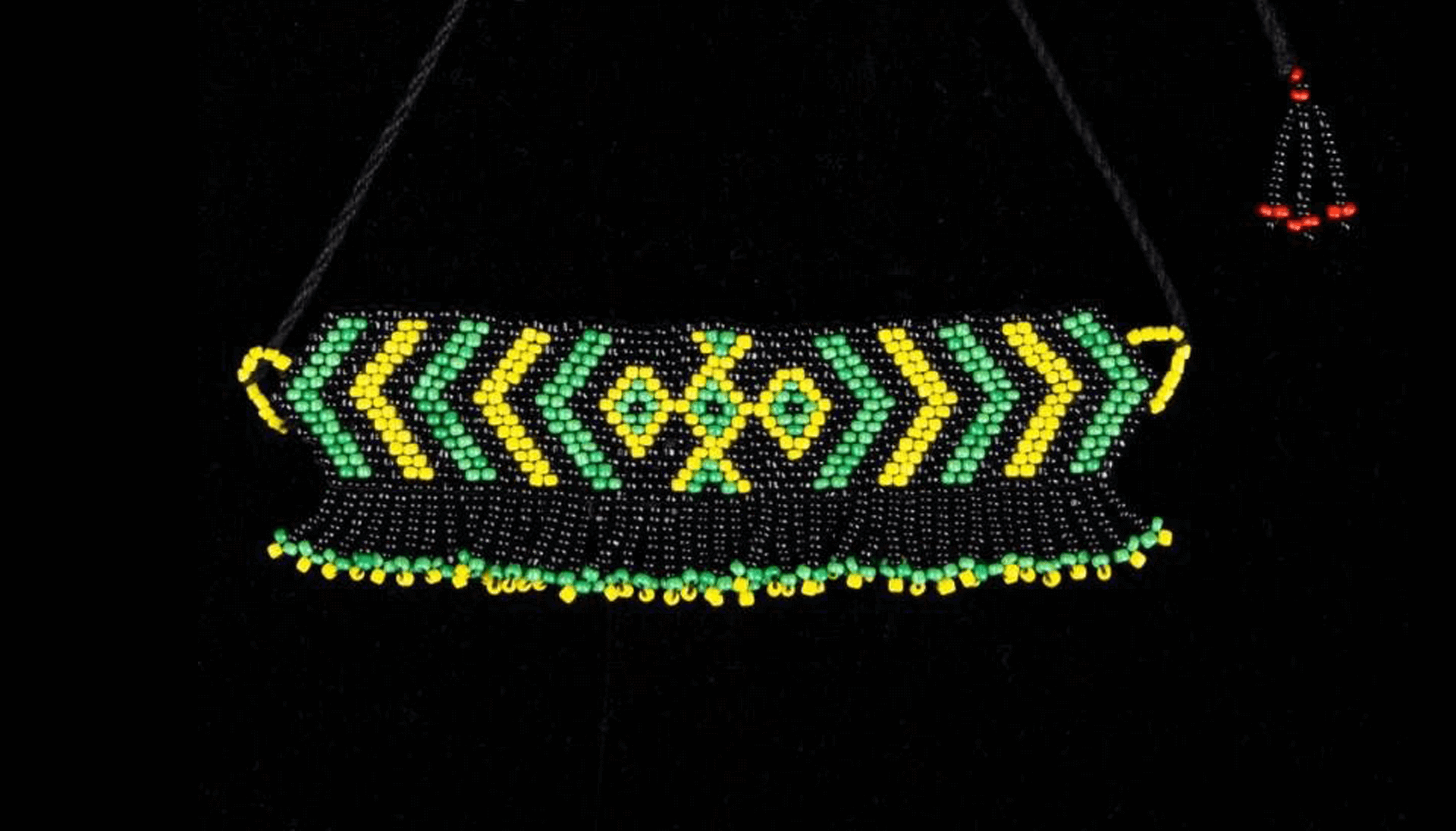Look Elegant and Charming With Beaded Jewellery

Since the time immemorial, jewellery has been an integral part of any outfit. Even if we go back to our epic period i.e. during the time of Ramayana and Mahabharata, we can see the depiction of both men and women laden with jewellery, mostly made up of flowers or carved wood (present-day rudraksh mala can be a good example of the same), beads necklace or maybe some metal or an alloy. It is believed that accessorizing and adorning jewellery was a thing that was not limited to just women but used to complete outfits of men as well.
With time as kingdoms started flourishing, jewellery became a thing of status symbol. Tribals living in forests would make jewellery using fresh flowers and leaves; the kings, queens and other people of regality would gear up with precious ornaments made up of gold, emerald and rubies among others. The courtiers and the subjects of the king would usually go for semi-precious or metallic ornaments. In most of the kingdoms, wearing a piece of jewellery which doesn’t suit the status of the wearer was highly frowned upon. Coming to our 21st century, the material and design of one’s jewellery are highly influenced by the ongoing trend and the class factor is rarely taken into account.
History of Beaded Jewellery
The history of delicately handcrafted beaded jewellery sounds tricky but it can be an interesting read for those who have a knack of exploring the parts of history that are not much talked about. Also known as artificial pearls, the first-ever beads known to us were made of glass. Ancient Egyptians used these delicate beauties to decorate their clothes and dishes. Gradually, they started making beaded earrings, beaded necklaces and other sorts of beaded trinkets and soon it became a trend. Because of its glossy look, lightweight, aesthetic appeal and vibrant colours, beaded jewellery gained popularity outside Egypt as well, and that’s how beaded jewellery’s journey across the globe began.
Somewhere around 1st century BC, Roman Empire became the hub of glass products that included beads as well. Romans came up with their own technique to make beads- blowing away. In this method, a thin tube was used to blow glass objects out of it. The bulges at the end of the tube would be separated and called as ‘beads’.
Another interesting theory suggests that when Venice became the centre of bead production, the secret of its making was considered as a state secret and whoever was found guilty of disclosing it had been sentenced to death. In 1221, the glass production unit was moved to Murano island from Venice. Making glass at that time can be compared to today’s white-collared jobs and the daughters of these ‘white-collared jobholders’ were allowed to marry aristocrats. After heavenly trading beads to the East, West and Africa in return of spices and silk, it was only around the 13th century when Venice lost the monopoly over glass manufacturing. Even after everything, the mass production of beads didn’t kick off until the 19th century.
Types of Beads
Beads are not only limited to glass but can be made using various metals as well. Porcelain, shell, bone, gemstones, metals like gold and silver, ivory and wood were used as the primary material to make elegant beads and beaded jewellery. Even today, you can find some of these in markets with a contemporary outlook.
Various parts of the world created unique types of handmade beaded jewellery that became quite relevant to their culture. Central and South American states patronised quill creations, on the other hand, native American beadwork majorly includes turquoise and silver. Indian beadwork is largely practised in the state vibrant state of Gujarat. It is a source of livelihood for the tribals that make stunning pieces of beaded earrings, beaded necklaces, beaded bracelets, etc.













